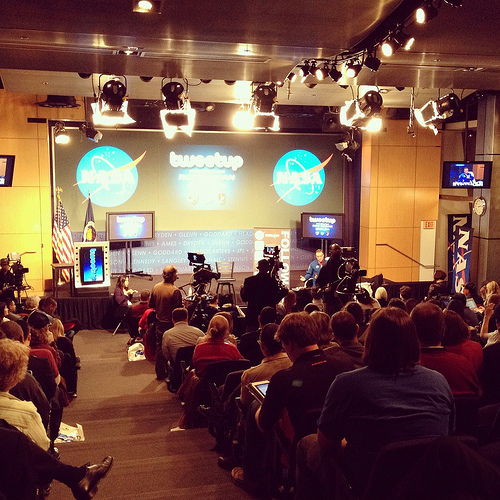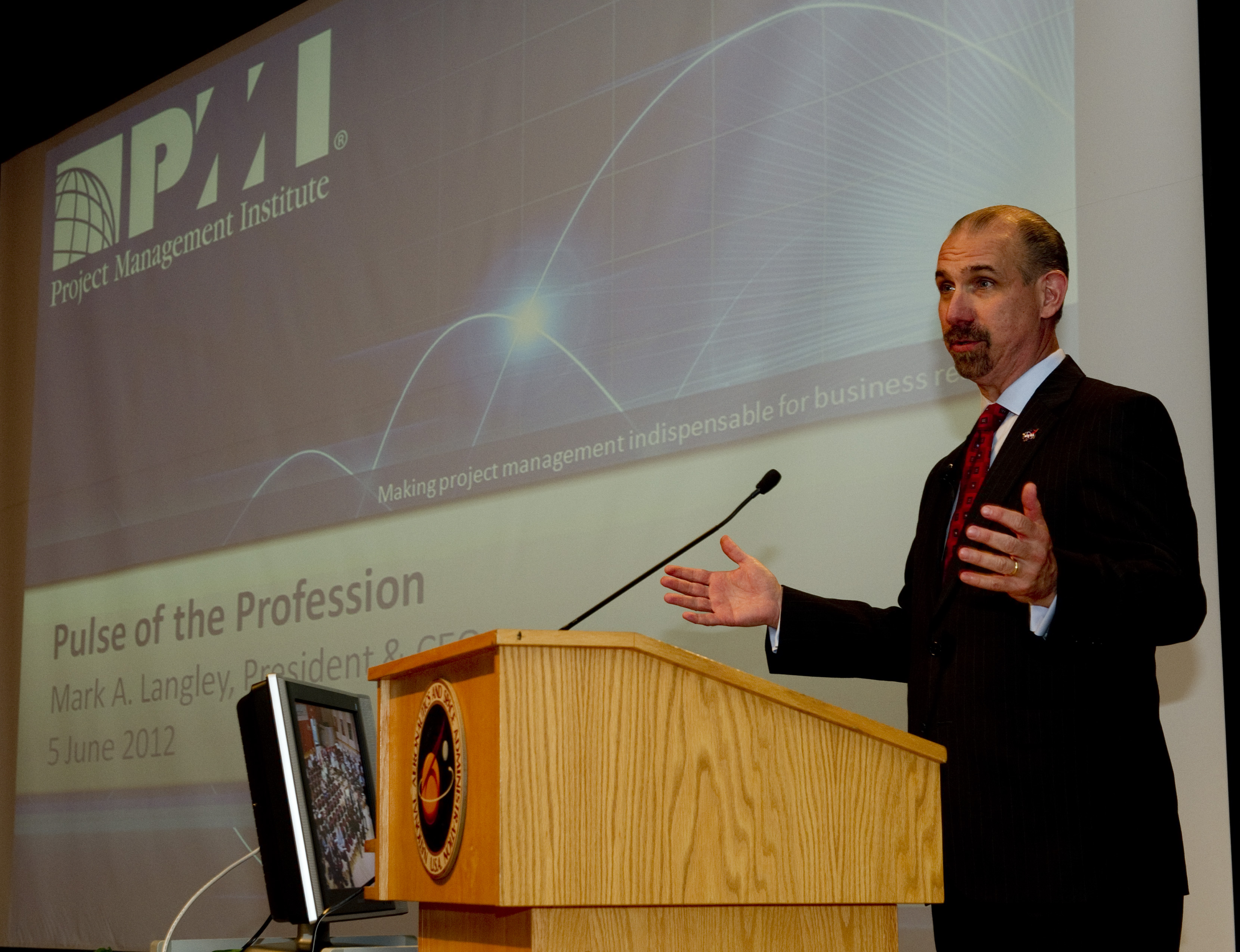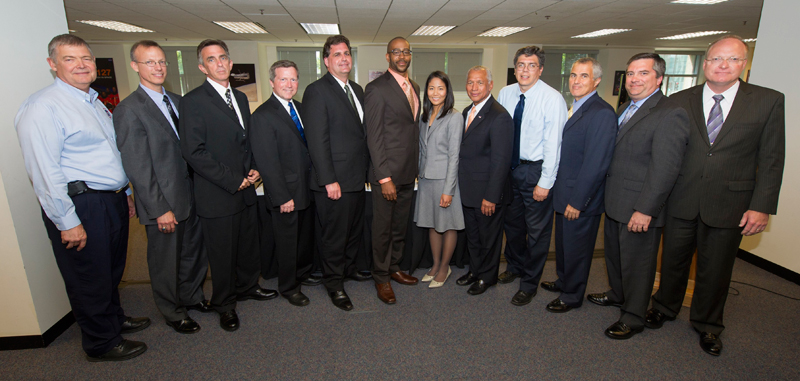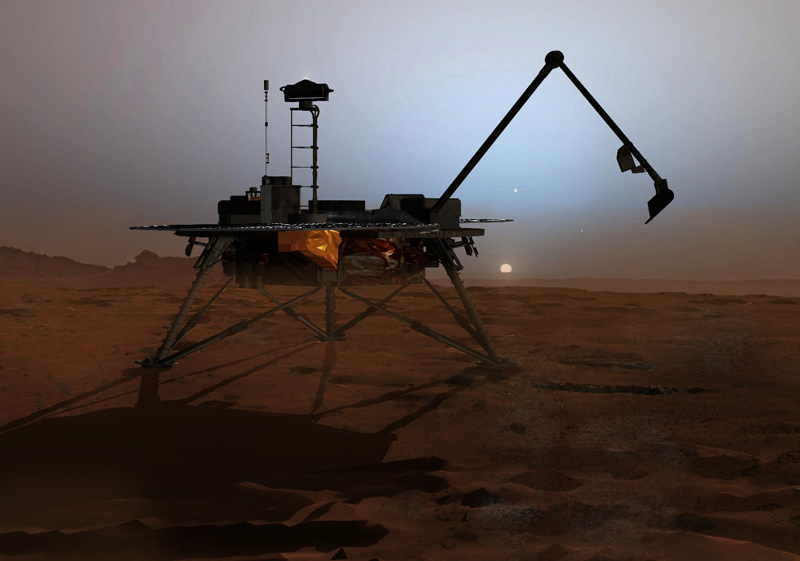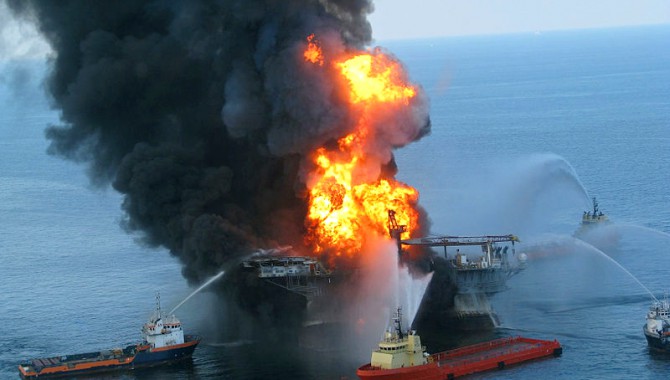
Platform supply vessels battle the blazing remnants of the off shore oil rig Deepwater Horizon. A Coast Guard MH-65C dolphin rescue helicopter and crew document the fire aboard the mobile offshore drilling unit Deepwater Horizon, while searching for survivors. Multiple Coast Guard helicopters, planes and cutters responded to rescue the Deepwater Horizon's 126 person crew. Photo Credit: US Coast Guard
June 29, 2012 — Vol. 5, Issue 6
When something fails, we are often quick to find fault with the design. It is easy to forget that the design is us, according to Henry Petroski.
When something fails, we are often quick to find fault with the design. It is easy to forget that “the design is us,” according to Henry Petroski.
In his new book, To Forgive Design: Understanding Failure, Petroski goes beyond the realm of the technical and mechanical complexities of projects explored in his 1992 book To Engineer is Human and addresses the human factor that contributes to failure. In this sequel, he revisits classic examples of engineering gone awry such as the Titanic and the Tacoma Narrows Bridge, and incorporates more recent events such as the of the Deepwater Horizon explosion, the loss of Columbia, and the Big Dig to illustrate the intricacies and importance of understanding failure in order to achieve success.
Petroski uses a series of stories to carefully illustrate the relationship among technological complexity, sound design, and, most of all, human fallibility on projects. When something breaks or goes boom, the natural response is to look for a flaw in the design of the system—a misplaced beam or a miscalculation in stress tolerance. Petroski challenges readers to see a bigger picture. Changing technology, optimism, complacency, political complexity, availability for resources, and even an innovative spirit all play a crucial role in the outcome of a project or system. Design is just one component—a component derived from the human mind.
When we do succeed, Petroski explains, it is often not obvious how close we come to failing. Sometimes failing is not only inevitable or inescapable, it’s irreplaceable. “A single failure…whether of an airplane or of anything else, is a source of knowledge we might not have gained in any other way,” he writes. Failure will always be a part of the process. While no engineer sets out to fail, building in tolerance for failure or having predictable failure modes and breaking points is critical.
Petroski uses examples from ships, bridges, roads, shuttles, eggshells, software, dentistry, tunnels, and towers to illustrate the many facets to understanding failure. This includes the maintenance of a structure or system, the importance of individual engineering integrity, degeneration through repeated use, and the impetus to understand the cause behind a failure.
To Forgive Design encourages readers to grasp the underpinnings of fundamental concepts and practices and to take every opportunity to learn the lessons from past and present projects—successful or otherwise. Failures, Petroski writes, “reveal weaknesses in reasoning, knowledge, and performance that all the successful designs may not even hint at. The successful engineer is the one who knows not only what has worked in the past but also what has failed and why.”
Read more about To Forgive Design: Understanding Failure.
Platform supply vessels battle the blazing remnants of the off shore oil rig Deepwater Horizon. A Coast Guard MH-65C dolphin rescue helicopter and crew document the fire aboard the mobile offshore drilling unit Deepwater Horizon, while searching for survivors. Multiple Coast Guard helicopters, planes and cutters responded to rescue the Deepwater Horizon’s 126 person crew.
Featured Photo Credit: US Coast Guard






